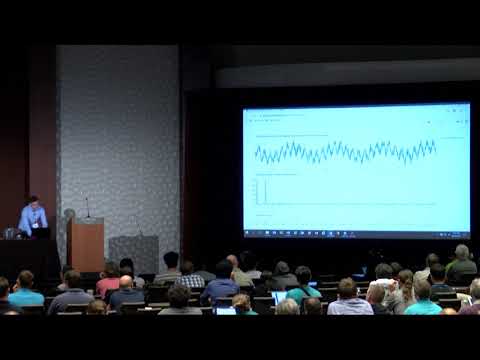CryptoDB
Improving CEMA using Correlation Optimization
| Authors: |
|
|---|---|
| Download: | |
| Presentation: | Slides |
| Abstract: | Sensitive cryptographic information, e.g. AES secret keys, can be extracted from the electromagnetic (EM) leakages unintentionally emitted by a device using techniques such as Correlation Electromagnetic Analysis (CEMA). In this paper, we introduce Correlation Optimization (CO), a novel approach that improves CEMA attacks by formulating the selection of useful EM leakage samples in a trace as a machine learning optimization problem. To this end, we propose the correlation loss function, which aims to maximize the Pearson correlation between a set of EM traces and the true AES key during training. We show that CO works with high-dimensional and noisy traces, regardless of time-domain trace alignment and without requiring prior knowledge of the power consumption characteristics of the cryptographic hardware. We evaluate our approach using the ASCAD benchmark dataset and a custom dataset of EM leakages from an Arduino Duemilanove, captured with a USRP B200 SDR. Our results indicate that the masked AES implementation used in all three ASCAD datasets can be broken with a shallow Multilayer Perceptron model, whilst requiring only 1,000 test traces on average. A similar methodology was employed to break the unprotected AES implementation from our custom dataset, using 22,000 unaligned and unfiltered test traces. |
Video from TCHES 2019
BibTeX
@article{tches-2019-29061,
title={Improving CEMA using Correlation Optimization},
journal={IACR Trans. Cryptogr. Hardw. Embed. Syst.},
publisher={Ruhr-Universität Bochum},
volume={2019, Issue 1},
pages={1-24},
url={https://tches.iacr.org/index.php/TCHES/article/view/7332},
doi={10.13154/tches.v2019.i1.1-24},
author={Pieter Robyns and Peter Quax and Wim Lamotte},
year=2019
}

